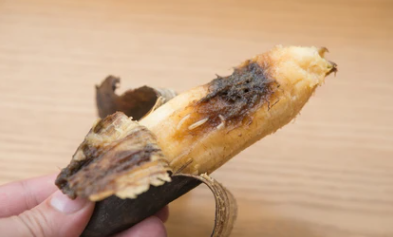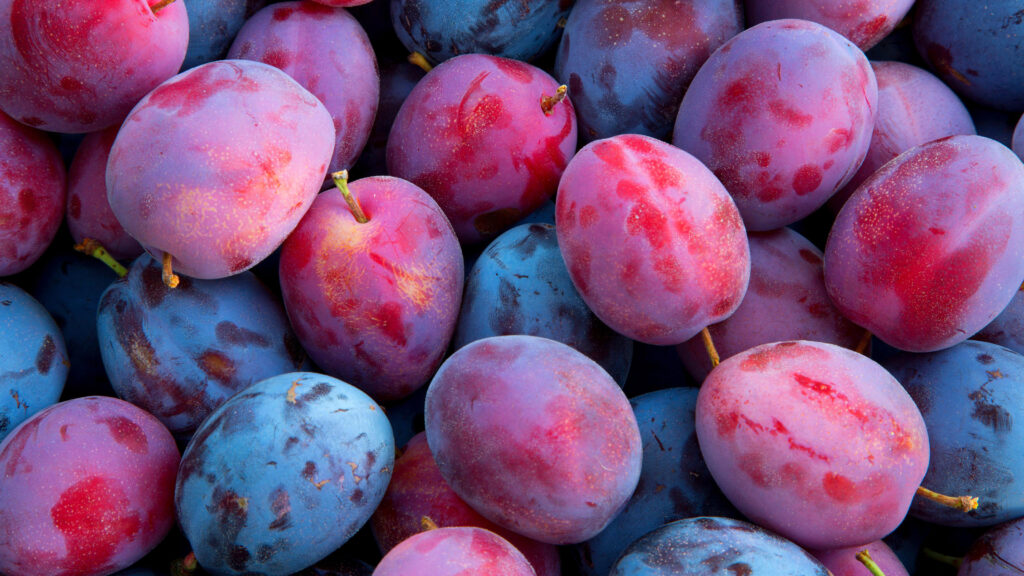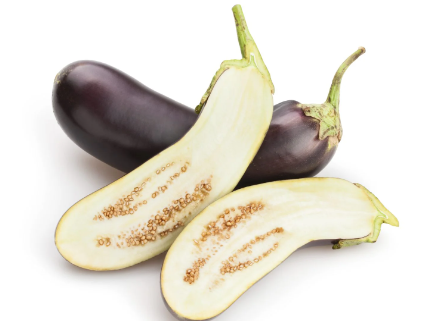Tamarillos, also known as tree tomatoes, are small egg-shaped fruits that taste both tangy and sweet. They come from South America and have either red or yellow skins with a slightly tart inside. People like to eat them raw, or they can add them to different recipes like sauces, jams, and baked treats. Tamarillos are really good for you because they have lots of vitamin C and potassium.
Table of Contents
- What Do Tamarillos Taste Like?
- The Roots of Tamarillos
- How Tamarillos Grow
- When to Find Tamarillos
- What’s Inside Tamarillos?
- Good Things Tamarillos Do for Your Health
- Fun Ways to Eat Tamarillos
- FAQs
- What do tamarillos taste like?
- How do you eat tamarillo?
- Is tamarillo a tomato?
- Are tamarillos good for you?
- Can you eat raw tamarillo?
- Are tamarillo skins poisonous?
- Is tamarillo a fruit or vegetable?
- What problems do tamarillos have?
- What country did tamarillo originate from?
What Do Tamarillos Taste Like?
The flavor of tamarillos is a mix of sweet and tart, kind of like tomatoes but with more sweetness. The inside is juicy and smooth, and the skin is a bit tough. If the fruit is more ripe, it will taste sweeter. Some people think tamarillos taste a bit like passion fruit, mango, and apricot. They have a nice zesty taste that’s good for cooking or just snacking on.
The Roots of Tamarillos
Tamarillos have been part of South American diets for a long time. People in countries like Ecuador, Peru, Chile, and Colombia have been enjoying these fruits for years. They were also brought to New Zealand and Australia in the 1800s and have become a popular food there too. Tamarillos are special because they can be used in many different types of cooking all over the world.
Some cultures believe tamarillos can help with health problems, and many just eat them because they taste good. The distinct and versatile taste of tamarillos has made them a hit in lots of different dishes.
How Tamarillos Grow
Tamarillos need a warm place without any frost and lots of sun to grow best. They’re usually ready to pick about 3 to 5 years after the tree is planted. A slightly acidic soil with good drainage is important, and they need extra water during dry times. Pruning is important too, so the trees stay healthy and make lots of fruit. Tamarillo harvests happen late in the summer and early in the fall when the fruits look really bright red or yellow.
When you’re growing tamarillos, you should plant them where it’s warm, no frost happens, and they can get a lot of sun. You also need to cut the branches back and water them regularly for the trees to do well.
When to Find Tamarillos
You can get tamarillos at different times of the year, depending on where you live. In warm places, they can grow all year long. But in cooler areas, they are usually ready between late summer and early fall, around February to April. You can find them in local markets, special food shops, and sometimes supermarkets. Make sure to pick the ones that are ripe and look nice and fresh because they don’t stay good for too long. Keep them in a cool place to keep them fresh and tasty.
What’s Inside Tamarillos?
Tamarillos are packed with good stuff that your body needs, like vitamins and minerals. In every 100 grams of tamarillos, you get:
- Calories: 56
- Carbs: 13.2 g
- Fiber: 2 g
- Protein: 1.6 g
- Fat: 0.3 g
- Vitamin C: 49.2 mg (which is 55% of what you need in a day)
- Potassium: 380 mg (8% of your daily needs)
- Vitamin A: 557 IU (18% of your daily needs)
Tamarillos have lots of nutrients and antioxidants that are great for your health. They can add a tasty and healthy boost to your meals. These fruits have antioxidants to help protect your body, and they can help keep you healthy when you include them in a balanced diet with other foods like veggies, grains, and proteins.
Good Things Tamarillos Do for Your Health
Tamarillos aren’t just tasty – they’re really good for you too! Here’s how:
- Keeps Your Immune System Strong: The high vitamin C content in tamarillos helps to fight off sickness.
- Good for Your Heart: The potassium in tamarillos can help keep your blood pressure in check.
- Helps Your Eyes: The vitamin A in tamarillos is great for keeping your eyes healthy.
- Lowers Inflammation: Antioxidants in tamarillos can reduce swelling and keep your cells healthy.
- Helps Digestion: The fiber in tamarillos is super for your digestion and keeps you regular.
- Keeps Your Skin Healthy: Vitamin C from tamarillos can help your skin resist damage from the sun and pollution.
Remember, you’ll get the most health benefits from tamarillos when you eat them as a part of a well-rounded diet with lots of other nutritious foods. They’re both yummy and healthy, but like any food, they should be enjoyed in the right amounts. delegate drafting to previous language model invocation>.
Fun Ways to Eat Tamarillos
Tamarillos are versatile and can be used in lots of tasty ways:
- Raw: Snack on them just as they are, or slice them up to add to your cereal or yogurt.
- Cooked: Cook them into sauces or jams, or bake them in desserts like cakes or pies.
- In Smoothies: Blend them up with other fruits for a refreshing drink.
- Blend into Smoothies: You can mix the fruit into smoothies to make a delicious and healthy beverage.
- Add to Salads: Cut the fruit into pieces and toss it into your salads to add a burst of taste and valuable nutrients.
- Mix into Cocktails: Whip up creative drinks like tamarillo margaritas or other mixed drinks using the fruit’s juice or puree.
When you’re picking out tamarillos, make sure to choose ones that are fully ripe and don’t have any marks. This will give you the best taste and healthy goodness. You can keep tamarillos in your fridge for a few days. If you want to use them later, just freeze them. They are great for blending into smoothies, making sauces, or adding to various recipes.
FAQs
What do tamarillos taste like?
How do you eat tamarillo?
Is tamarillo a tomato?
Are tamarillos good for you?
Can you eat raw tamarillo?
Are tamarillo skins poisonous?
Is tamarillo a fruit or vegetable?
What problems do tamarillos have?
Watch out for bugs and diseases like tomato fruit worm, whiteflies, and powdery mildew that can attack tamarillo trees. Always check your plants and take steps to stop these problems. Giving your trees enough light, water, and food will help them stay healthy and strong.

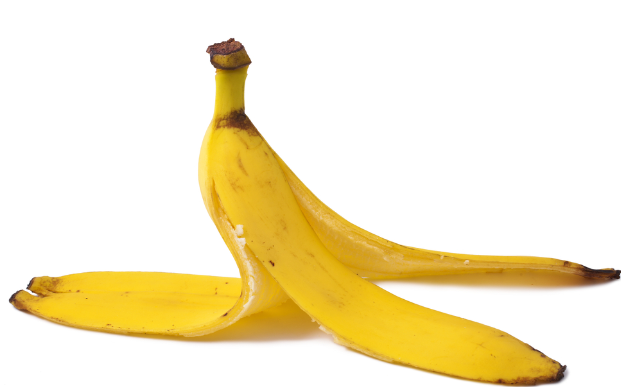
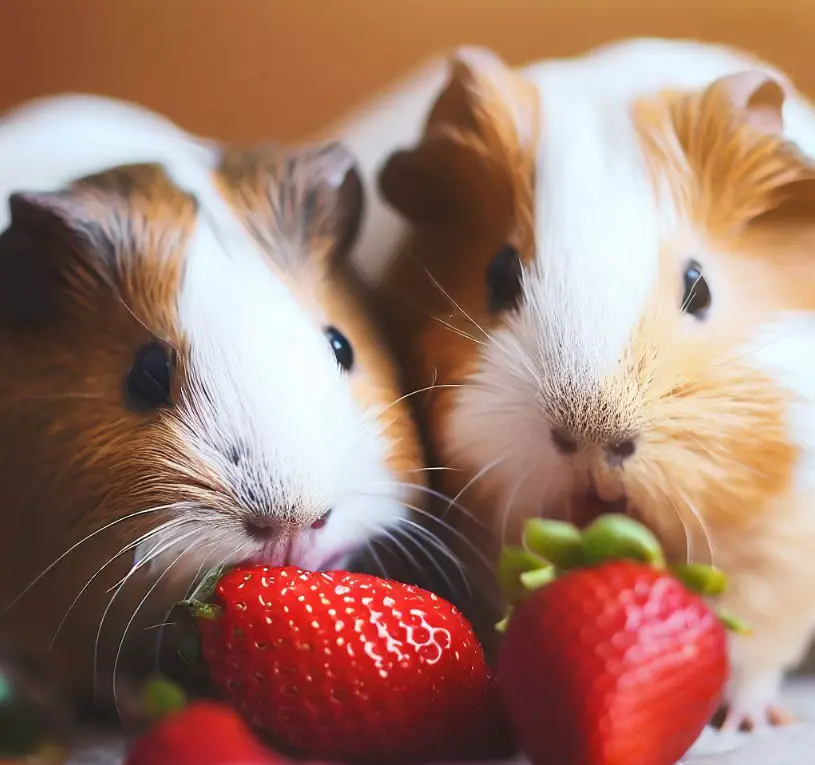
![What Is the National Fruit of Argentina and Why? [ANSWERED]](https://fruitonix.com/wp-content/uploads/2023/04/What-Is-the-National-Fruit-of-Argentina-.jpg)
